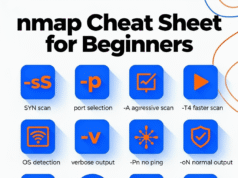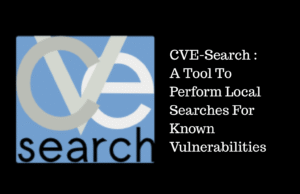Azure-SecOps is a critical framework that integrates security tools and operational processes to ensure robust threat detection, mitigation, and compliance in Microsoft’s Azure ecosystem.
By leveraging a combination of advanced tools and automation, Azure-SecOps bridges the gap between security and operations, enabling organizations to maintain a secure and compliant cloud environment.
Core Functions Of Azure-SecOps
- Threat Detection and Response
Azure Sentinel, Microsoft’s cloud-native SIEM and SOAR solution, plays a pivotal role in Azure-SecOps. It collects and analyzes security logs using AI and machine learning to detect anomalies and potential threats.- Sentinel also enables automated incident response through playbooks based on Azure Logic Apps, ensuring rapid mitigation of security incidents.
- Identity and Access Management (IAM)
Managing access is central to Azure-SecOps. Tools like Conditional Access enforce granular policies based on user behavior, device type, location, and risk level. - Privileged Identity Management (PIM) further enhances security by providing just-in-time access for privileged roles, reducing the risk of unauthorized access.
- Compliance and Governance
Azure Security Center offers a unified view of an organization’s security posture.- It evaluates resources against industry standards, identifies misconfigurations, and provides actionable recommendations to align with regulatory requirements. This proactive approach ensures compliance while minimizing vulnerabilities.
- Automation and Orchestration
Automation is a cornerstone of Azure-SecOps. Tools like Azure Logic Apps streamline repetitive tasks such as log analysis, threat hunting, and remediation workflows.- This reduces manual effort while improving response times.
- Network Security
Services like Azure Firewall and DDoS Protection safeguard resources from external threats. They enable organizations to define network security policies while ensuring uptime during attacks. - Secure Development Practices
Integrating security into the development lifecycle is essential for Azure-SecOps.- Tools like Azure DevOps provide secure CI/CD pipelines with built-in code scanning and artifact management to prevent vulnerabilities from entering production environments.
Script Utility In SecOps
The provided PowerShell script complements SecOps by automating user object ID retrieval from Azure Active Directory (AAD).
It queries AAD for users based on email or UPN (User Principal Name) and exports results to a CSV file for streamlined auditing or integration into other workflows.
By combining these tools with automation scripts, Azure-SecOps empowers organizations to enhance their cloud security posture while maintaining operational efficiency.





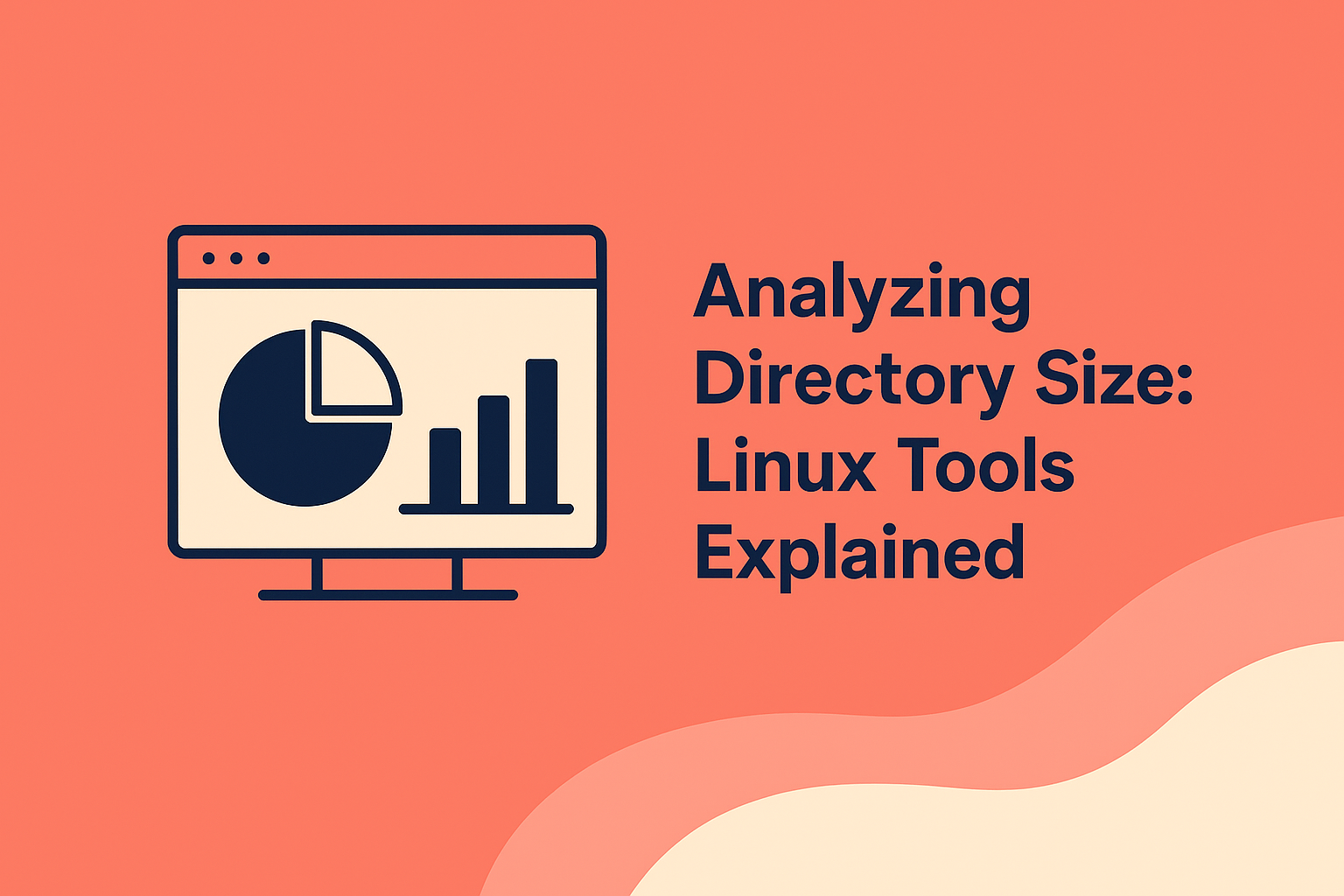

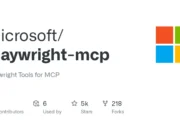
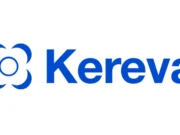
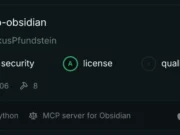
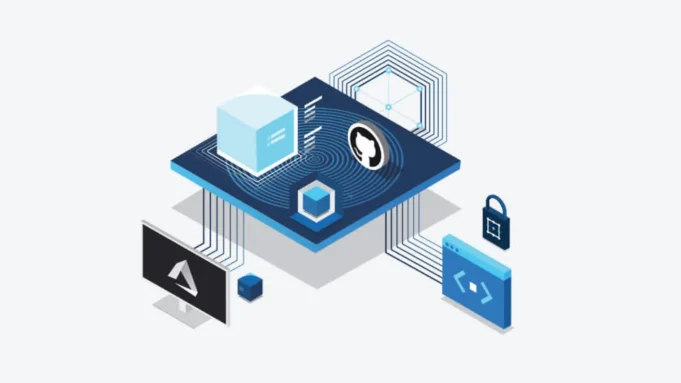
%20Works.png)

